Download the Challenge as a PDF here.
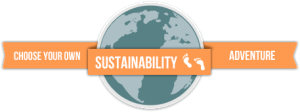 Title
Title
Airing out the Laundry: The Garment & Textile Industry in SE Asia
Location & date
Southeast Asia, March 2015
Topics
Social, Resources, Governance
Introduction
Who made that new shirt you bought the other day? Where does that person live? How many hours per day and how many days per week does that person work and how much money do they make for their work?
Where did the cotton or silk (see photo) for the shirt come from? What chemicals were used in the process of growing the cotton, processing it, dyeing the fabric, etc.? What consequences might that have for the workers and the environment?
 What about your own use of the shirt? How long do you usually keep a shirt before getting a new one? What do you do with your old clothes? Do you throw them away or donate them? Do you wear them until they fall apart or do you ‘re-purpose them’ (in other words, make something else out of the old clothes)? When you want or need new clothes, do you buy brand new clothes at a store, peruse the aisles of second-hand stores for diamonds in the rough, make your own clothes, or do something else entirely?
What about your own use of the shirt? How long do you usually keep a shirt before getting a new one? What do you do with your old clothes? Do you throw them away or donate them? Do you wear them until they fall apart or do you ‘re-purpose them’ (in other words, make something else out of the old clothes)? When you want or need new clothes, do you buy brand new clothes at a store, peruse the aisles of second-hand stores for diamonds in the rough, make your own clothes, or do something else entirely?
With the exception of a couple secluded ‘special’ beaches or a section of the Danube near Vienna, we all wear clothes, right? And apart from a few industrious people making their own clothes, we generally buy our t-shirts, pants, underwear, jackets, etc. in a store somewhere. But do we really know the story behind each article of clothing? In the 2nd Challenge of the 2014/2015 school year, we heard that many articles of clothing that you have were made in Southeast Asia. Since that is where we are now, it’s the perfect opportunity to see just how clean or dirty this industry’s clothes really are!
We need your help!
As usual, to learn more we’re going to need your help! We need answers to a lot of questions and would love to have your insights from your own lives regarding this topic. One way to to this would be to divide your classes up into smaller groups to discuss the following questions or aspects related to the topic then present them to the whole group. We can’t wait to see what the results of your discussions are!
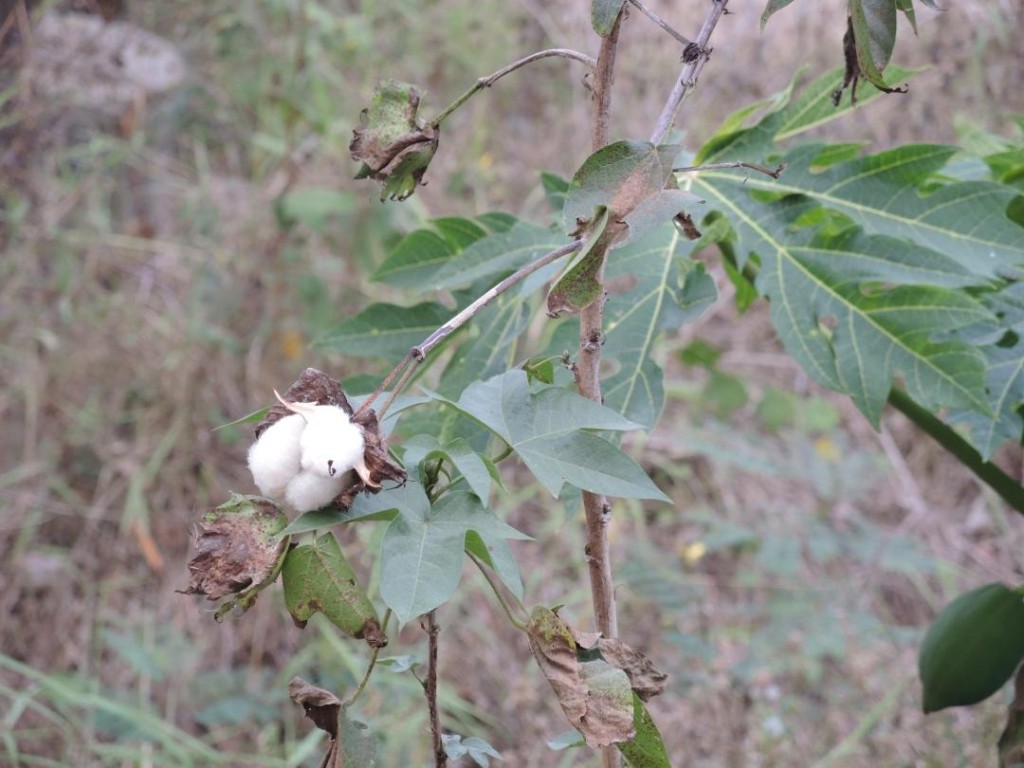 The life cycle: Just how big is the life cycle of an article of clothing? In other words, where does the cotton for your t-shirt grow, where is it sewn, where does it end up when you don’t want it anymore? How many locations are part of this cycle? And how long do you or does a normal ‘Joe Blow’ wear the article of clothing on average?
The life cycle: Just how big is the life cycle of an article of clothing? In other words, where does the cotton for your t-shirt grow, where is it sewn, where does it end up when you don’t want it anymore? How many locations are part of this cycle? And how long do you or does a normal ‘Joe Blow’ wear the article of clothing on average?
- Working conditions: Who makes clothing in SE Asia? What are their working conditions like? Is it the same in every country and for every brand? What challenges do they have to overcome? What does their typical workday look like?
- Environmental concerns: How does the production of clothing impact the environment? Think also about the whole supply chain (i.e. from growing cotton to dyeing fabrics to shipping the final product). How much water is used?
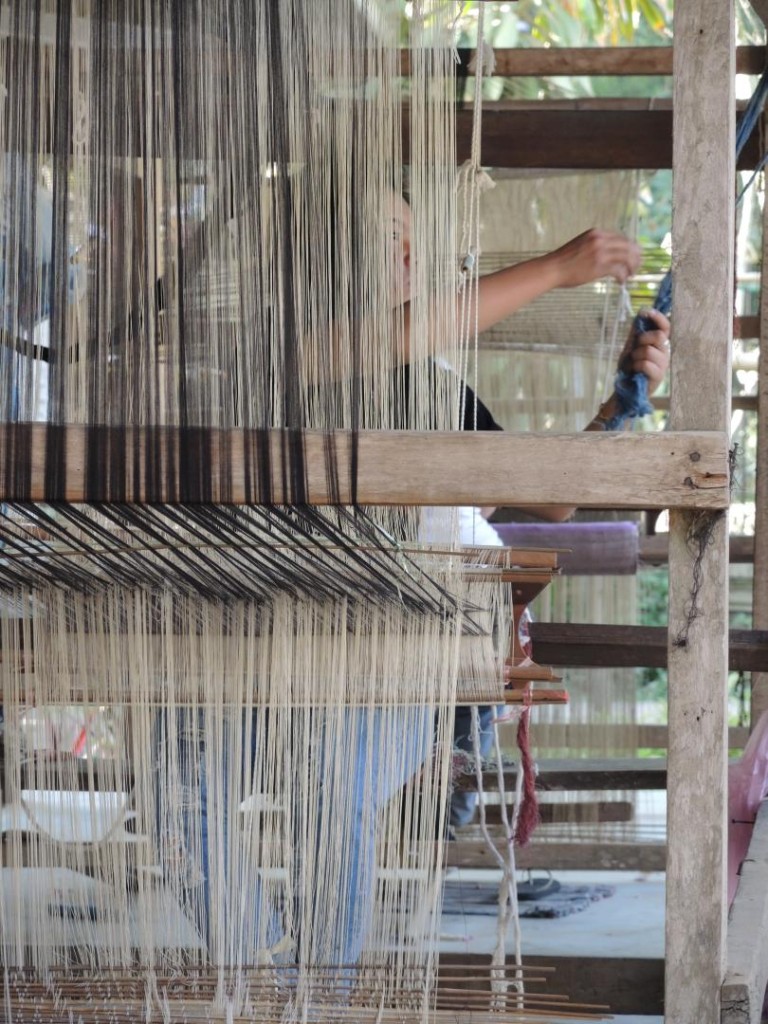 What other resources are needed?
What other resources are needed? - Fair trade: Think about how much labor and resources go into getting your clothes from the cotton plant (for example) all the way to the shelves of your favorite store: Now let us know what you think is a fair price for an article of clothing (e.g. a t-shirt)! And more importantly, how should that price be divided up between those involved in the creation and sale of the article of clothing (e.g. designer, cotton farmer, weaver/dyer, seamstress/tailors, retailer)?
- Buying local:
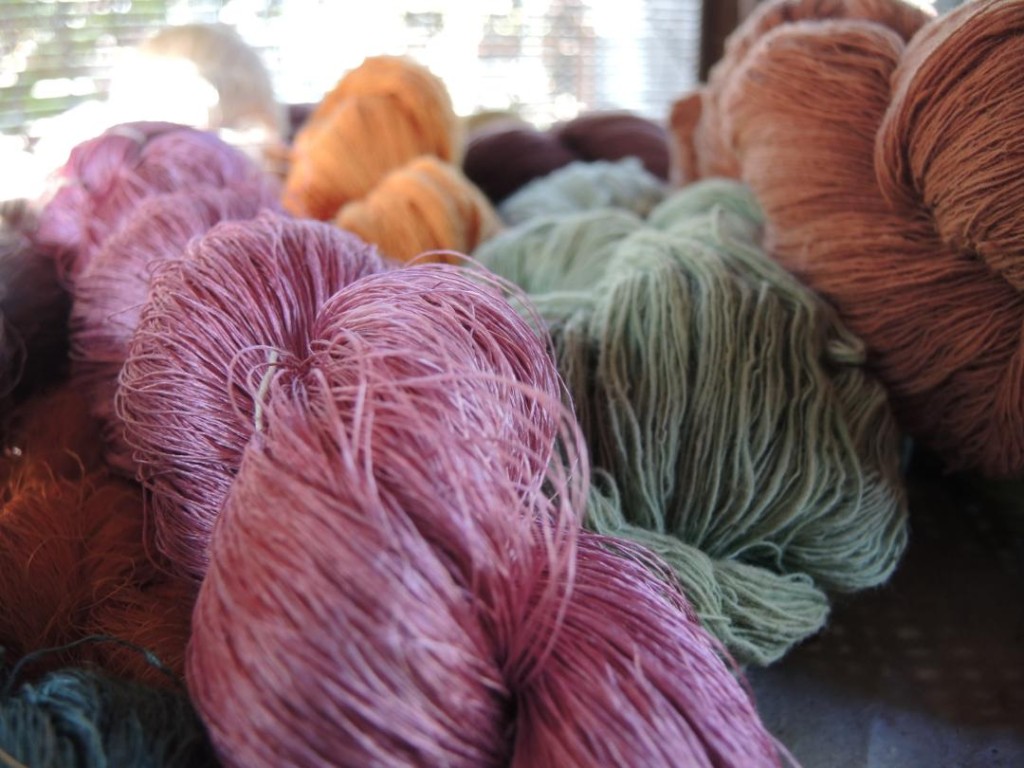 We often hear that we should ‘buy local’ when buying food; but buying locally produced clothing is a bit more difficult. Do you know of any clothing companies in the US and Austria that still produce their clothing at home and not abroad? How do their prices compare to those of similar articles of clothing that are produced abroad? What could account for differences in the prices?
We often hear that we should ‘buy local’ when buying food; but buying locally produced clothing is a bit more difficult. Do you know of any clothing companies in the US and Austria that still produce their clothing at home and not abroad? How do their prices compare to those of similar articles of clothing that are produced abroad? What could account for differences in the prices?
We can’t wait to hear what you find out for us! Remember that we’re in Southeast Asia right now, so try to confine your search for answers to this region (it’ll be enough information to sift through anyway).
HOW SHOULD WE GET ACTIVE WHILE YOU’RE FINDING OUT MORE:
- Should we each select a piece of our tiny travel ‘wardrobe’ to re-purpose? In other words, we would pick out something that we cannot or do not use very often and make something else – or several somethings – out of it (either attempting it ourselves or taking it to a local tailor).
- Should we visit a textile/garment factory in SE Asia to learn more about the environmental and working conditions there? We would try to find a factory that produces stuff for a brand you all know.
- Should we visit an organization that works to improve labor and/or environmental conditions at factories and interview them about the local situation? For example, we could try to learn more about the strikes and ‘crackdown’ that took place around a year ago in Cambodia (see list of links below for more information).
Useful Links and Information*
And of course we have some links and useful information to help get you started. Here they are, in no particular order:
- YES! Magazine‘s article explaining the history of the global garment industry: Garment Manufacturing and Human Rights: A journey into the garment industry, from Elizabethan England to Rana Plaza.
- Check out the Clean Clothes Campaign and its list of publications
- Asia Monitor Resource Centre. Watch their video Cambodia: A Year after the Crackdown to learn more about events that took place between December 2013 and January 2014
- Dressed & Undressed, Clothed & Stripped
- What (not) to wear, a student-led initiative launched in the wake of the Rana Plaza factory collapse in 2013
- Beautiful Clothes, Ugly Reality, a video about the Cambodia strikes and crackdown
- Fair Wear Foundation. Watch a short video that describes the clothing supply chain.
- United Students Against Sweatshops
- Read the article The Slow Fashion Movement by Not Just a Label
- Slow Fashioned
* We take no responsibility for the content on the linked websites, nor do the views expressed on third party sites necessarily represent our views. These links are provided solely as a starting point for your research!
Learning objectives of this Challenge
- You should be able to describe the life cycle of an article of clothing and understand the complexities behind its production.
- You should be able to name several environmental and social issues that are associated with the production of clothing.
- You should understand what the aim of Fair Trade is for the garment and textile industry.
- You should be able to name several ways that you can personally influence the impact of clothing on people and the environment (from your purchase/trade/creation and use of clothing to using your voice as a citizen and consumer).
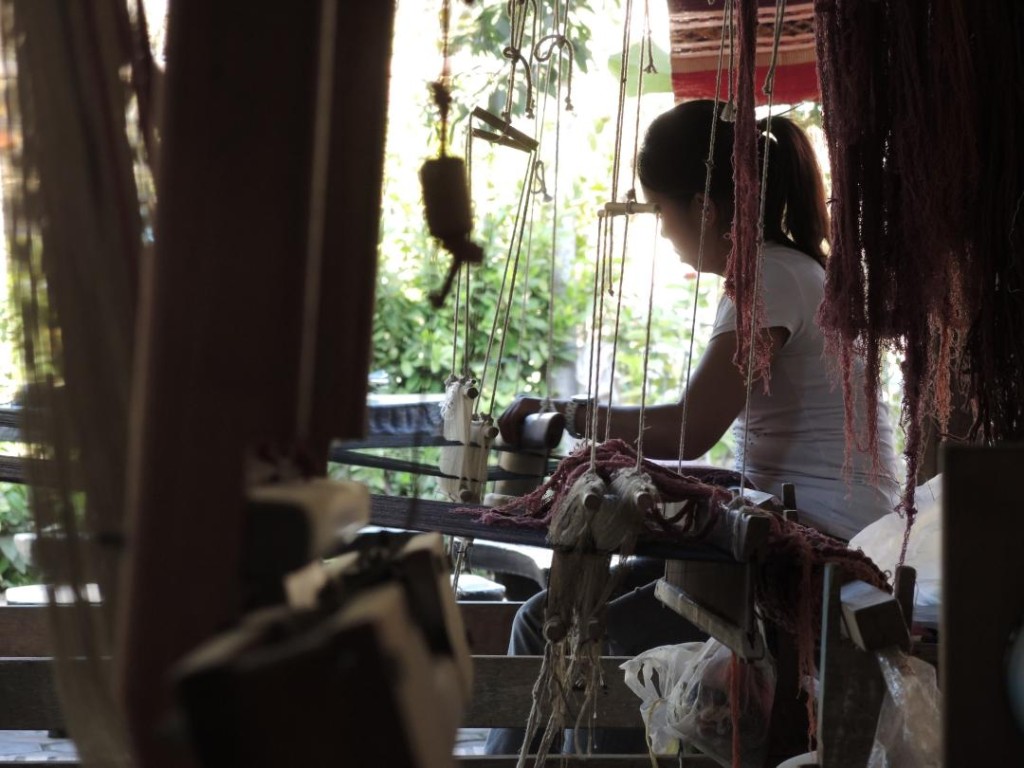 We look forward to your responses, sharing them with the other classes and learning more about the garment and textile industry in Southeast Asia!
We look forward to your responses, sharing them with the other classes and learning more about the garment and textile industry in Southeast Asia!
Download the Challenge as a PDF here.
PS.: When you are done with your research and discussions – see this intriguing interview that we were able to shoot with a marketing specialist from the international fashion and shoe industry! Would you have thought or found out the same?
